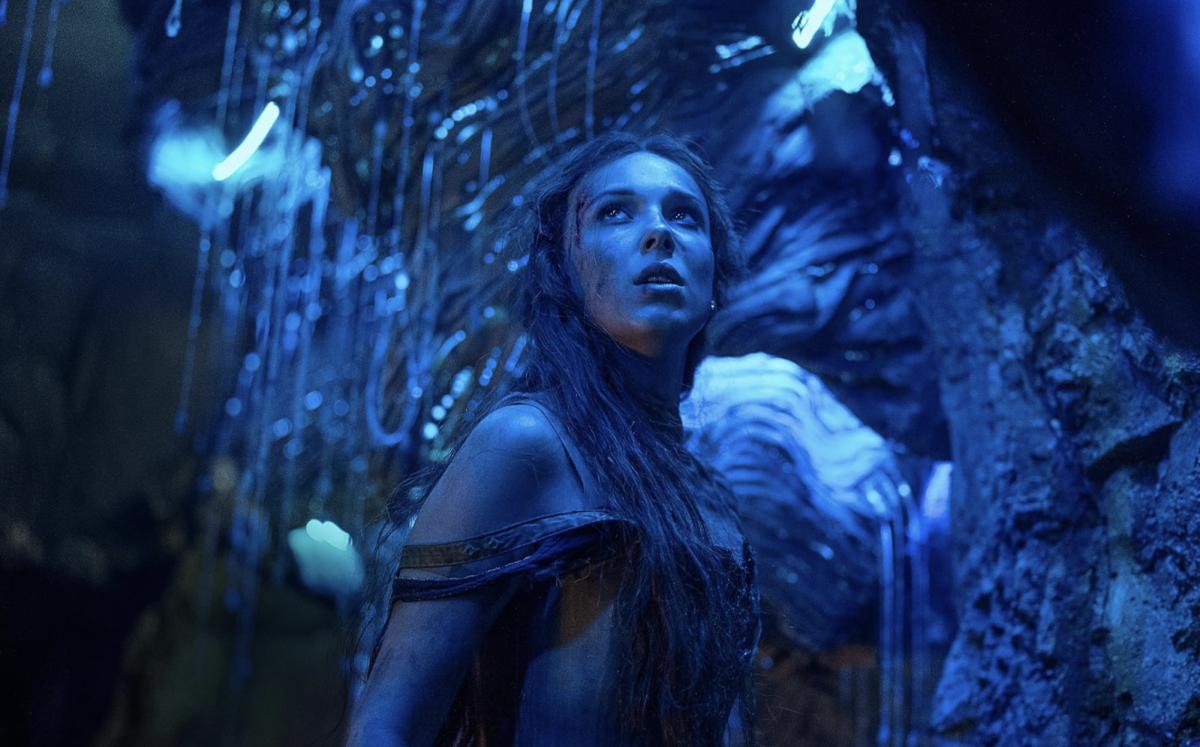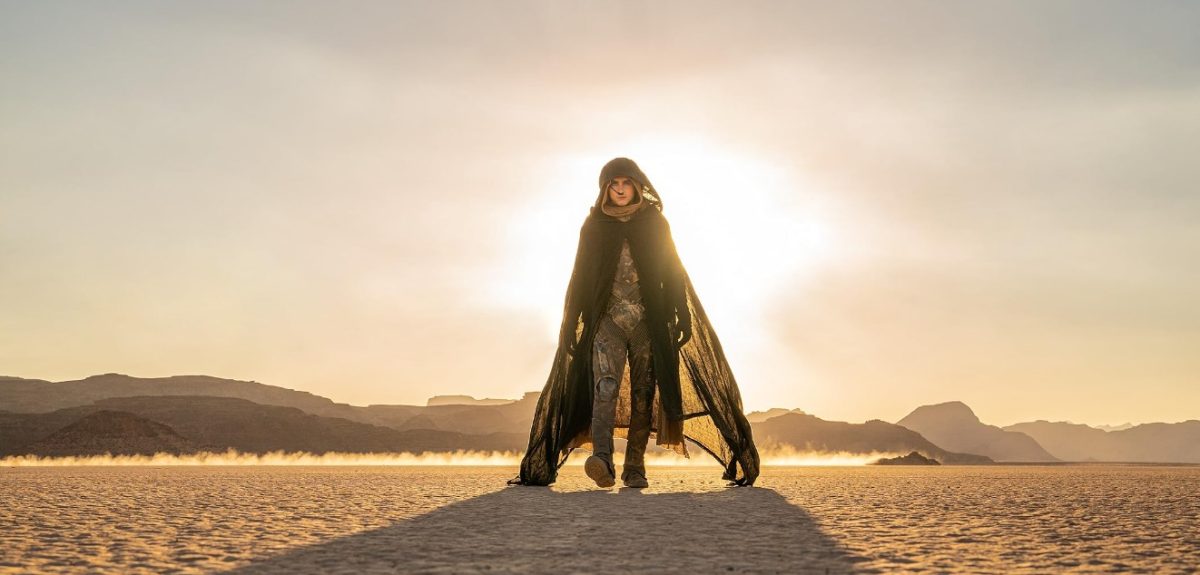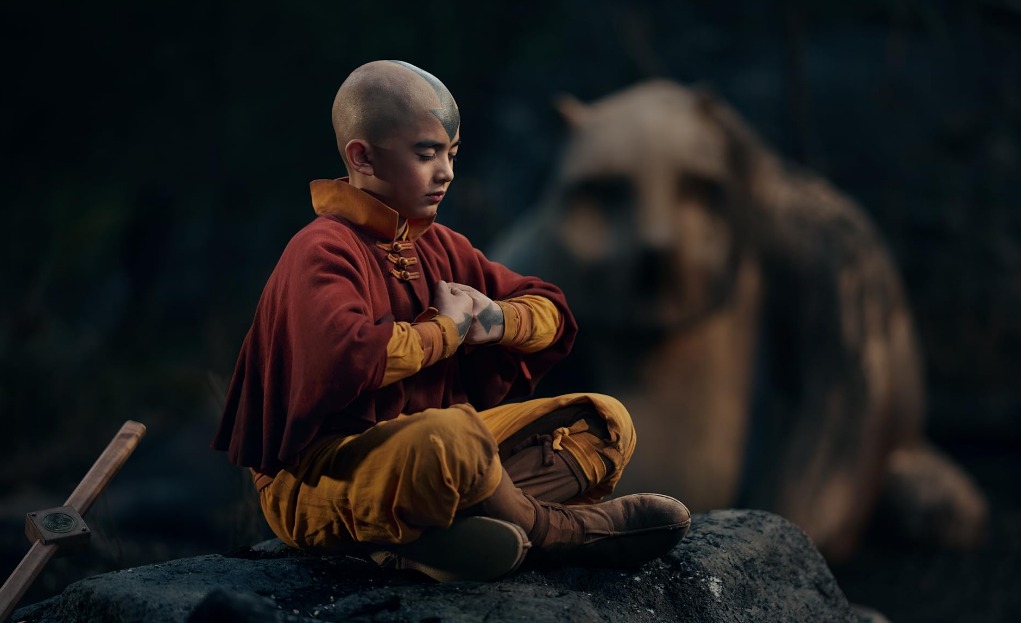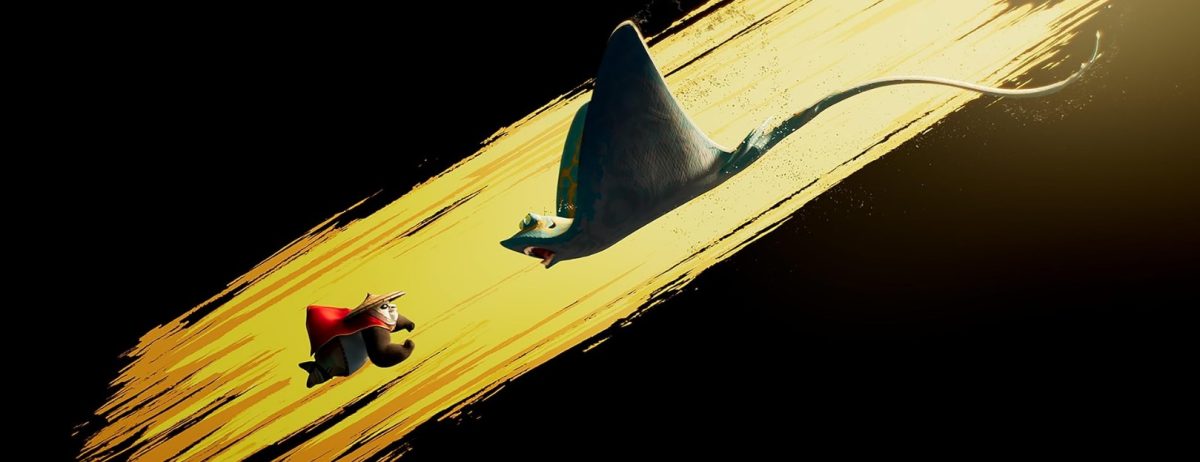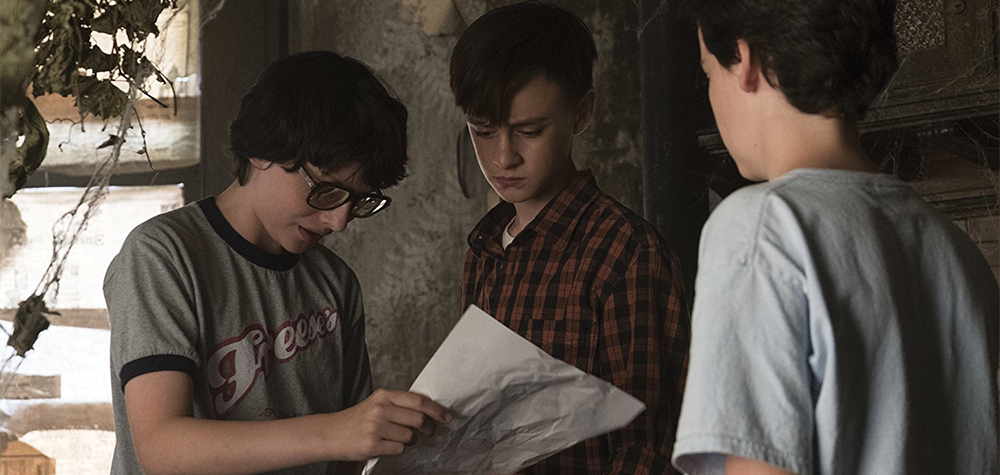
★★☆☆☆
In order for any horror movie to inspire anything beyond trivial fright, it must touch on the substance of real human experience. Through its scenes of terror, the film must tell a story with implications beyond flashy special effects and scare tactics. “It,” the newly released remake of the 1990s horror miniseries based on the Stephen King novel, moves toward accomplishing this. However, it ultimately cannot break free from tired tropes and horror techniques. Nonetheless, “It” offers viewers a delightfully scary — at times even heartwarming — thrill ride tinged with 1980s nostalgia.
In “It,” a group of unpopular middle school friends have just been let out of school for the summer, ready for three months of fun. But beneath the surface, human and supernatural evils lurk in their hometown of Derry, Maine. Pennywise, a dancing clown, has awoken from a decade’s long hibernation, re-emerging with an antiquated costume and a blood-stained smile. He has returned to terrorize the cursed community, while adults and children alike commit petty acts of cruelty, such as verbal and physical abuse. Parents manipulate their sons and daughters, vicious bullies attack younger children and abuse runs rampant. Children begin to go missing one by one as the town searches for them, with little success. Even more sinisterly, the children begin to see strange and terrifying visions of the mysterious clown. These signs are more than threats of violence, though, as they seem to embody the most terrible fears of the children who experience them.
“It” certainly signals that the ’80s are the new trend. The film borrows heavily from Netflix’s “Stranger Things,” also starring the television show’s lead child actor, Finn Wolfhard, as the wisecracking sidekick among the children. It also fully embraces the ’80s nostalgia of our present culture. The creators of the film have updated the setting of the original series, which was set in the 1960s, to small-town America in 1989. The music of New Kids on the Block blares from Walkmans as mullet-wearing vandals roam the streets in vintage cars.
However, for all the aesthetic consistency and flourish, the film’s references to the 1980s fall flat. The decade’s trends and ethos play no large part in the plot or the action of the film, leading one to suspect that the attention paid to music, fashion and technology are cheap gambit. Not coincidentally, this choice for setting and style will be consumed by millions of viewers who grew up in the 1980s and are just as hungry for nostalgia of their own time as Baby Boomers are for mementos of the 1950s.
Also borrowed from the 1980s is a stereotypical vision of middle school life filled with juvenile crushes, bloodthirsty bullies and a ragtag group of unpopular kids who have to band together. Bullying is especially prominently in the movie, as human evil and otherworldly horror begin to parallel one other.
As so often happens in King’s books, the refinement of the small town only hides a core of human wretchedness. People have an infinite capacity for evil and in the small town of Derry, this pessimism makes several poignant appearances. The children on which the movie focuses on bear the brunt of wrongdoing, shattering the seemingly flawless mirage of childhood innocence. With a recurrent motif that everything “runs down” to the sewers which Pennywise the Dancing Clown inhabits, one can surmise that the human misconduct of the upper town feeds the terrors beneath. Violence leads to violence and hate to hate, as illustrated both in the human conflict of the film and in the glowing eyes of the lurking clown.
In spite of its faithfulness in adapting the central plot and themes of the novel and breathing into them new life, this movie falls into the same trap as countless others. Lazy, derivative techniques dominate an industry that struggles to innovate when it knows it can fill box offices with the same old acts. Though “It” is a scary movie filled with hair-raising moments, it does not go so far as to experiment with new techniques to show the character’s fears. Jump scares, characters being pulled off screen and egregious computer-generated images of blood are featured prominently.
That being said, “It” makes an admirable effort to emphasize the subjective nature of fear and the power of fear of human action, although it struggles to transform this theme fully into visual effects. Sharp music and sound effects also act as a crutch in increasingly audio-visually sophisticated films, replacing the silent suspense of horror films from decades past.
The film’s inability to move past Hollywood horror stereotypes contributes to its ultimate failure as a film — its dearth of meaning. Pennywise presents a fearsome villain and the efforts of the children to stop him tell a heartwarming, if dated, story. But despite the sufferings of relatable characters in an aesthetically pleasing setting, the film does not leave the audience with a substantial takeaway. For audiences who enjoy “Stranger Things,” or the horrors movies of the last decade, “It” will provide a fun and terrifying escape well worth the ticket price. Yet it does not offer what we ask of truly powerful movies: a meaning that extends beyond the film into our own lives.















